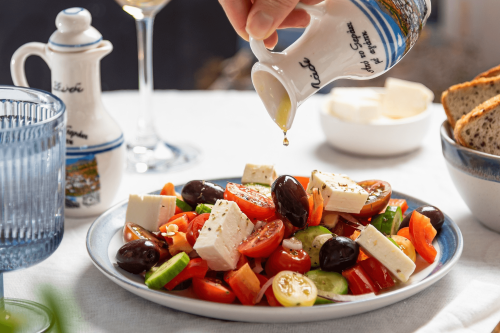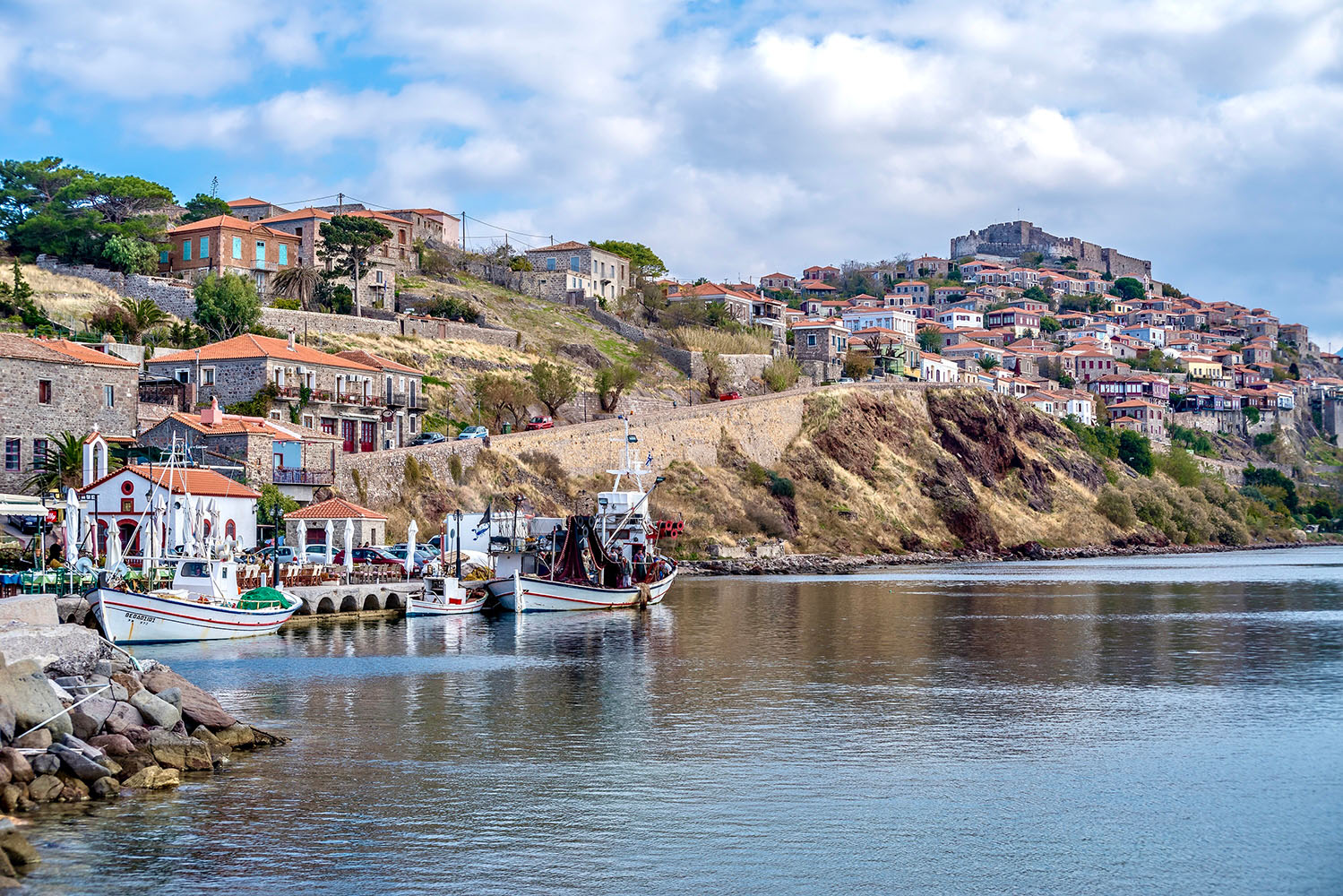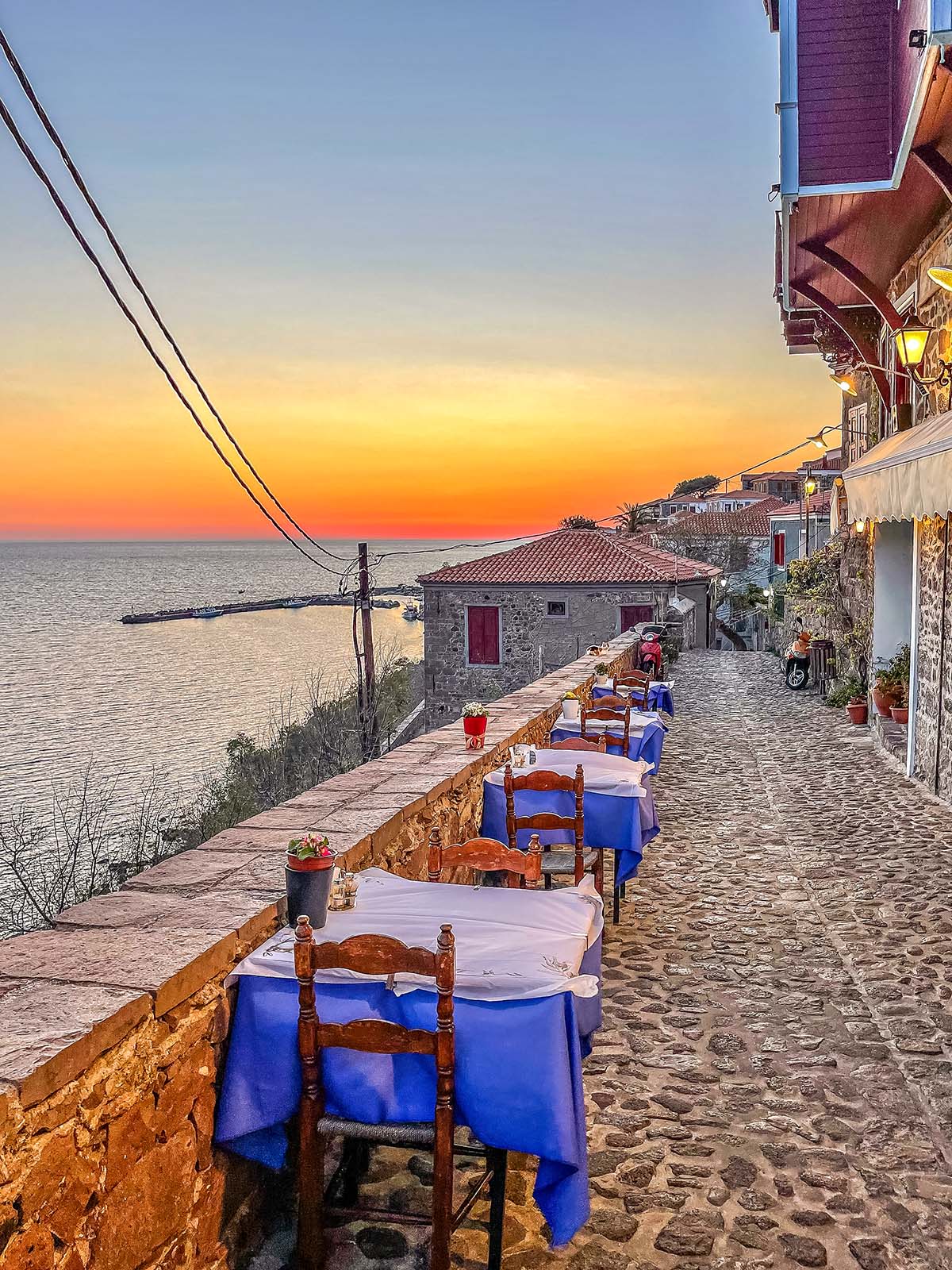More than Feta – a Guide to the Best Greek Cheeses
Greece has been producing cheese for centuries - in Ancient Greece it was considered a sacred food! There are different cheeses from different regions in Greece - the island of Lesvos is known for its cheese production due to its mild climate and volcanic soils, pesticide-free flora and the free-range sheep and goats - with the delicious sheep and goat milk producing excellent cheese (as well as amazing Greek yoghurt and creamy butter!)
The type of milk, method of preparation, texture, colour, length of ageing and taste are all factors in different cheese classifications.
Cheese is a key part of the Greek diet, either served alone, with olive oil and olives, with fruits or honey, or as part of the ingredients for pies, meat dishes, vegetable courses and as a topping….with Greek cheese there’s something for everyone, so what’s not to like?
Feta
Feta is perhaps the most well-known of all Greek cheeses - sometimes referred to as ‘White Gold’. It is a soft, crumbly, white cheese made from sheep's milk or a combination of sheep and goat milk. It is typically aged for at least two months in salt water and has a tangy, salty flavour.
Feta is often used in salads, especially Greek or Village Salad - known as ‘Choriatiki’, in saganaki - which means baked (oozing and melted - delicious!) It's also used in sandwiches and pies like Tiropitakia (mini cheese pies) and other dishes like topping oven baked lamb.
Feta is a key part of most Greek diets and the average Greek consumes 15 kilos a year!
Ladotyri
Ladotyri is a hard, yellow cheese made from sheep's milk. It is made on the Greek island of Lesvos and is often referred to as ‘Ladotyri Mytilene’. It has a traditional cylindrical shape. You can also buy this cheese preserved in Lesvos olive oil - an old tradition from before refrigeration - which is why it has the name ‘oil cheese’. Ladotyri is aged for several months and has a strong, pungent flavour.
Ladotyri is often enjoyed as a table cheese or grated (as it is a hard cheese). You can see it on menus in Lesvos as a meze (small plate) or starter, either simply sliced or fried and served with the spirit ‘Tsipouro’ or with wine.
Kaseri
Kaseri is a semi-hard cheese usually made from goat and sheep's milk and hand kneaded. It is exclusively made in Thessaly, Macedonia, Lesvos and Xanthi. Kaseri is matured for at least three months and tastes better if left at room temperature for 30 minutes before you try it. It is pale yellow and has a mild, slightly salty and nutty flavour and is often used in cooking, such as in pies and casseroles.
Graviera
Graviera is a hard cheese made from sheep's milk or a combination of sheep's and cow's milk. It is aged for at least three months and has a nutty, buttery flavour. Graviera is often used as a grating cheese, particularly for pasta dishes and as a topping for salads. With its sweeter taste it can often be served with Greek honey too. It's the second most popular cheese in Greece after Feta.
Myzithra
Myzithra (Mizithra) is the most popular whey cheese in the whole of Greece. It comes in several variations related to the type of milk, its fat content and the way it’s prepared. The whey used comes mainly from the production of various hard cheeses, but also from the making of Feta. It has a very strong flavour.
These are just a few examples of the delicious and diverse array of Greek cheeses available. You can see these cheeses more and more across the world, but tasting them on the Greek island and buying them from local producers has got to be the best way to sample them!
Real Lesvos can offer advice on where to try all the local cheeses, where to buy them and even arrange a visit to a local, traditional, family-run dairy and cheese producer.
Photo: Galina Afanaseva / Pixabay













